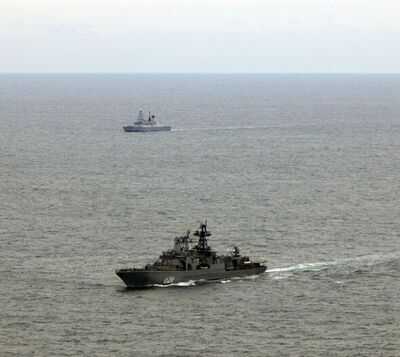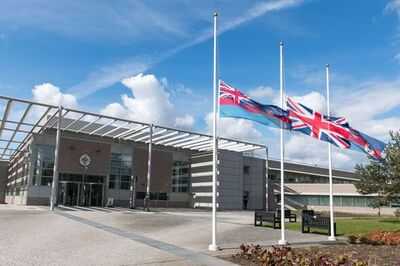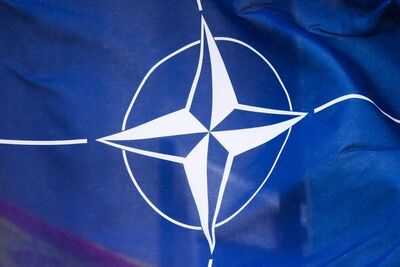
The Royal Navy has tracked a Russian destroyer through the English Channel under direct NATO command for the first time - signalling a new phase in how Britain and its allies respond collectively to Moscow's growing naval presence in northern European waters. It comes just days after another Royal Navy ship shadowed a Russian submarine returning from the Mediterranean, part of a wider uptick in Russian naval movements through the North Sea and Channel.
In the latest scramble, Portsmouth-based HMS Duncan, a Type 45 destroyer, was activated by NATO's Allied Maritime Command (MARCOM) headquarters at Northwood, London, to shadow the Russian destroyer Vice Admiral Kulakov as it passed westward through UK waters towards Ushant off the French coast. Although British warships routinely monitor Russian vessels near the UK, this is the first time the Royal Navy has done so under NATO rather than purely national tasking. Senior Royal Navy sources described the move as "a significant step forward for NATO unity", ensuring that allied commanders share a complete "jigsaw" picture of Russian activity and can coordinate support instantly if required.

A Wildcat helicopter from 815 Naval Air Squadron, based at RNAS Yeovilton, joined the operation to maintain continuous overwatch. The 48-hour mission also involved the French Navy and a Dutch Air Force NH90 helicopter, demonstrating the close coordination between alliance partners.
Armed Forces Minister Al Carns said: "The Royal Navy stands ready to respond to any Russian naval activity. They conduct constant monitoring operations to safeguard Britain and our territorial waters.
"Once again the Royal Navy has deployed under Allied Maritime Command, underpinning our unwavering solidarity with NATO to counter Russian activity."
HMS Duncan's Commanding Officer, Commander Dan Lee, said the operation "highlights the Royal Navy's commitment to safeguarding UK waters and working seamlessly with our NATO allies to ensure the security of our shared maritime spaces".
"Tracking and escorting the Vice Admiral Kulakov through UK waters was a clear example of NATO's interoperability in action," he added.

"The professionalism and teamwork displayed by all involved ensured the operation was conducted safely and effectively."
Defence sources said the mission underscores a deliberate shift towards joint NATO control of real-time responses to Russian naval movements.
By routing orders through MARCOM - whose staff include officers from across the Alliance - the operation becomes part of a single command structure, allowing other navies to plug in instantly if tensions rise.
While HMS Duncan patrolled closer to home, Type 23 frigate HMS Somerset has been operating with NATO's Standing Maritime Group 1 between Iceland, the Faroe Islands and Scotland, guarding critical sea lanes that connect the North Atlantic to Arctic waters.
Commander Matt Millyard, HMS Somerset's commanding officer, said working within the group "has allowed us to contribute directly to NATO's presence in the region and demonstrate solidarity with partner nations".
You may also like

Liverpool rocked by new injury as Jeremie Frimpong forced off vs Eintracht Frankfurt

CM performs Govardhan Puja

India emerges bright spot for Nestle, Reckitt amid global headwinds

UP: Fire breaks out in residential building in Ghaziabad, officials say few people trapped

India rejects China-backed WTO investment facilitation proposal






